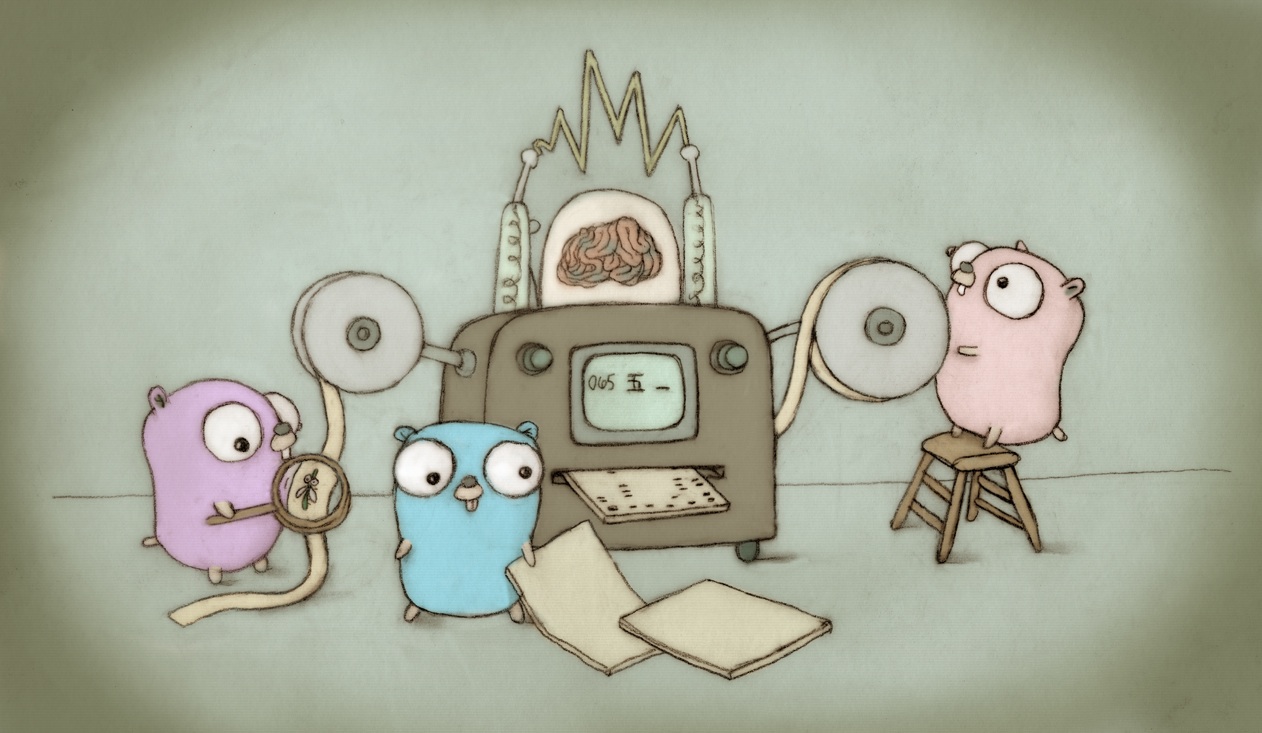Prior to TLS 1.2, the handshake had a pleasing property that one could incrementally hash it and, from that, get the needed hashes for both the CertificateVerify and Finished messages. TLS 1.2 introduced negotiation for the signature and hash and it became possible for the handshake hash to be, say, SHA-384, but for the CertificateVerify to sign the handshake with SHA-1. The problem is that one doesn't know in advance which hashes will be needed and thus the handshake needs to be buffered. Go ignored this, always kept a single handshake hash, and any signatures over the handshake had to use that hash. However, there are a set of servers that inspect the client's offered signature hash functions and will abort the handshake if one of the server's certificates is signed with a hash function outside of that set. https://robertsspaceindustries.com/ is an example of such a server. Clearly not a lot of thought happened when that server code was written, but its out there and we have to deal with it. This change decouples the handshake hash from the CertificateVerify hash. This lays the groundwork for advertising support for SHA-384 but doesn't actually make that change in the interests of reviewability. Updating the advertised hash functions will cause changes in many of the testdata/ files and some errors might get lost in the noise. This change only needs to update four testdata/ files: one because a SHA-384-based handshake is now being signed with SHA-256 and the others because the TLS 1.2 CertificateRequest message now includes SHA-1. This change also has the effect of adding support for client-certificates in SSLv3 servers. However, SSLv3 is now disabled by default so this should be moot. It would be possible to avoid much of this change and just support SHA-384 for the ServerKeyExchange as the SKX only signs over the nonces and SKX params (a design mistake in TLS). However, that would leave Go in the odd situation where it advertised support for SHA-384, but would only use the handshake hash when signing client certificates. I fear that'll just cause problems in the future. Much of this code was written by davidben@ for the purposes of testing BoringSSL. Partly addresses #9757 Change-Id: I5137a472b6076812af387a5a69fc62c7373cd485 Reviewed-on: https://go-review.googlesource.com/9415 Run-TryBot: Adam Langley <agl@golang.org> Reviewed-by: Adam Langley <agl@golang.org> |
||
|---|---|---|
| api | ||
| doc | ||
| lib/time | ||
| misc | ||
| src | ||
| test | ||
| .gitattributes | ||
| .gitignore | ||
| AUTHORS | ||
| CONTRIBUTING.md | ||
| CONTRIBUTORS | ||
| favicon.ico | ||
| LICENSE | ||
| PATENTS | ||
| README.md | ||
| robots.txt | ||
The Go Programming Language
Go is an open source programming language that makes it easy to build simple, reliable, and efficient software.
For documentation about how to install and use Go, visit https://golang.org/ or load doc/install-source.html in your web browser.
Our canonical Git repository is located at https://go.googlesource.com/go. There is a mirror of the repository at https://github.com/golang/go.
Please report issues here: https://golang.org/issue/new
Go is the work of hundreds of contributors. We appreciate your help!
To contribute, please read the contribution guidelines: https://golang.org/doc/contribute.html
Please note that we do not use pull requests.
Unless otherwise noted, the Go source files are distributed under the BSD-style license found in the LICENSE file.
--
Binary Distribution Notes
If you have just untarred a binary Go distribution, you need to set the environment variable $GOROOT to the full path of the go directory (the one containing this file). You can omit the variable if you unpack it into /usr/local/go, or if you rebuild from sources by running all.bash (see doc/install-source.html). You should also add the Go binary directory $GOROOT/bin to your shell's path.
For example, if you extracted the tar file into $HOME/go, you might put the following in your .profile:
export GOROOT=$HOME/go
export PATH=$PATH:$GOROOT/bin
See https://golang.org/doc/install or doc/install.html for more details.
